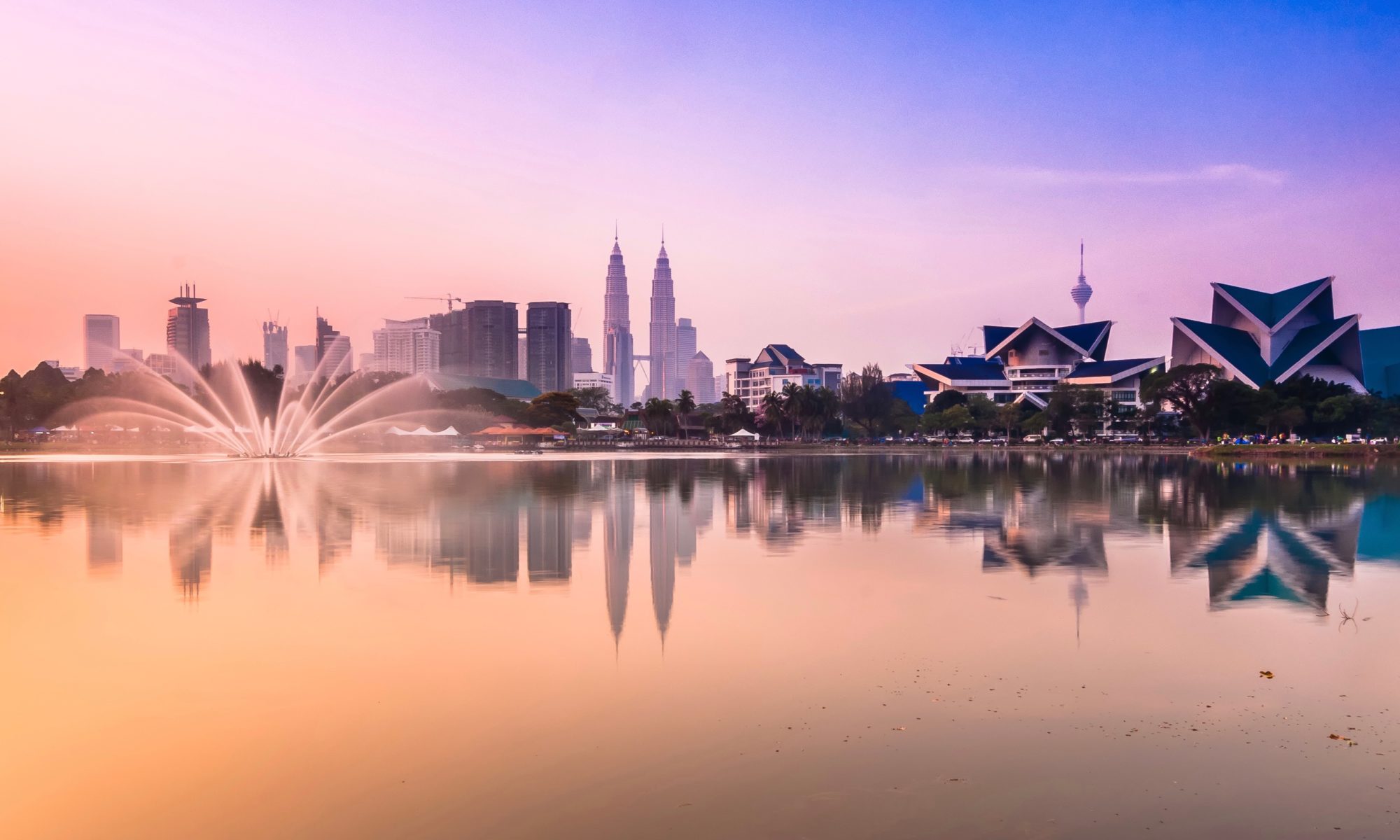The Proust Questionnaire is a set of questions answered by one of my most favourite authors, the French writer Marcel Proust. The questions started out as a popular Victorian parlour game, but has taken a life of its own, as a prod for others to reflect on things important to them, and as a way of sharing their perspective and selfhood with others.
Today, I thought I’d take a stab at the questions, and see how I go. To make this a tad more amusing (at least for my own self), I thought I’d list down Proust’s answers, alongside my own.
- Your favourite virtue.
Proust: “The need to be loved; more precisely, the need to be caressed and spoiled much more than the need to be admired.”
Z: Loyalty and Reliability.
- Your favourite qualities in a man.
Proust: “Feminine charm.”
Z: Courage. Integrity. Intelligence.
- Your favourite qualities in a woman.
Proust: “Manly virtues, and the union of friendship.”
Z: Kindness. Grace. Intelligence.
- Your chief characteristic.
Proust: [blank]
Z: Kindness.
- What you appreciate the most in your friends.
Proust: “To have tenderness for me, if their personage is exquisite enough to render quite high the price of their tenderness.”
Z: The integrity and strength of character to be able to share their innermost thoughts and concerns with me – to be fully “real” with me in sharing who they are as human beings.
- Your main fault.
Proust: “Not knowing, not being able to ‘want’.”
Z: Lack of courage. Fearfulness in trying something new, or making a fateful decision.
- Your favourite occupation.
Proust: “Loving.”
Z: Reading.
- Your idea of happiness.
Proust: “I am afraid it be not great enough, I dare not speak it, I am afraid of destroying it by speaking it.”
Z: Reading a good book while sitting at home with Jah and Monkey.
- Your idea of misery.
Proust: “Not to have known my mother or my grandmother.”
Z: To be hard at work in an office, doing something utterly meaningless and Sisyphean.
- If not yourself, who would you be?
Proust: “Myself, as the people whom I admire would like me to be.”
Z: A mathematician, or an author. Someone who works with numbers and/or words.
- Where would you like to live?
Proust: “A country where certain things that I should like would come true as though by magic, and where tenderness would always be reciprocated.”
Z: In a small cottage with great Internet connection and a full shelf of books in Cambridge, England.
- Your favourite colour and flower.
Proust: “The beauty is not in the colours, but in their harmony.”
Z: Dark, royal blue. Jasmine.
- Your favourite prose authors.
Proust: “Currently, Anatole France and Pierre Loti.”
Z: Marcel Proust. Leo Tolstoy. Cormac McCarthy.
- Your favourite poets.
Proust: “Baudelaire and Alfred de Vigny.”
Z: Walt Whitman. Chairil Anwar. Pablo Neruda.
- Your favourite heroes in fiction.
Proust: “Hamlet.”
Z: Pierre Bezukhov. Jean Valjean.
- Your favourite heroines in fiction.
Proust: “Berenice.”
Z: Dorothea Brooke.
- Your favourite painters and composers.
Proust: “Beethoven, Wagner, Schumann.”
Z: Van Gogh, Turner, Monet, Degas. Bach, Chopin, Mahler, George Michael, M Nasir, Ebiet G Ade.





